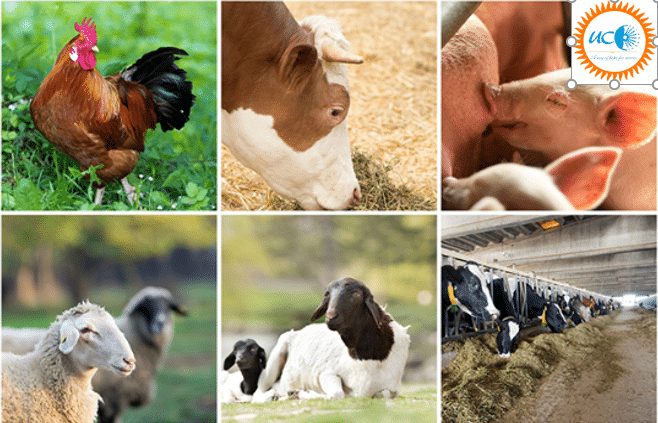Animal husbandry is the key to supplement farm income, make agriculture sustainable and enhance value addition in food processing chain. Discuss and evaluate the various government measures to boost animal husbandry sector.
Approach:
- Introduce the answer by explaining animal husbandry.
- In the body of the answer, discuss in detail various benefits of animal husbandry.
- In the next part of the body, discuss in detail various government measures for boosting animal husbandry.
- Lastly, analyze the achievements and limitations of the government initiatives.
- Conclude the answer by proposing a need for holistic development of animal husbandry sector.
Animal husbandry is the field of agriculture that deals with breeding of domestic animals, especially farm animals, primarily for economic purposes. As an important component of sustainable agriculture, animal husbandry has several benefits, such as:
- It gives farmers income security since, in contrast to food crops, it is more amenable to value addition and less vulnerable to climatic change.
- It guarantees women’s social and economic empowerment. For instance, more than a third of the workers in the livestock industry are women.
- Enhances nutritional indicators, such as milk, curd, meat, and eggs, and ensures the nation’s nutritional security.
- Contributes to more sustainable agriculture. Using Zero Budget Natural Farming (ZBNF), for instance, organic farming
As a result, the government has taken the following steps to boost the animal husbandry industry:
- The National Livestock Mission strives to meet the twin objectives of increasing the creation of jobs through entrepreneurship and improving livestock breeds.
- To encourage investments by MSMEs, FPOs, entrepreneurs, etc., the Animals Husbandry Infrastructure Development Fund (AHIDF) offers financial incentives.
- The National Animal Disease Control Program (NADCP) was established to vaccinate animals against brucellosis and Foot and Mouth Disease (FMD).
- The National Artificial Insemination Program aims to increase milk output by enhancing genetic merit with low-cost breeding technologies.
- The Rastriya Gokul Mission was established to encourage cattle breeding in order to preserve and advance indigenous cattle breeds.
- The Pashu Aadhar Yojna tracks livestock for disease prevention, production, and other purposes.
Various government interventions have given a boost to the animal husbandry sector; however, certain shortcomings remain:
- With a population of 74.6 million dairy cattle, India is now the world’s top producer of milk.
- Small farmers currently receive 16% of their revenue from livestock.
- The GDP of agriculture today includes more than 25% of animal husbandry.
- According to Economic Survey 2020, India’s cattle industry has grown at a rate of over 8%.
- India now has the most livestock worldwide, according to the 20th Livestock Census (535.78 million)
- Productivity has been low as a result of poor feed quality. In comparison to the global average of 2699 kg per animal per year, the average yearly production of cattle in India is 1777 kg.
- Diseases like Black Quarter infection, Influenza etc., continue to affect Indian cattle.
- Unscientific handling, rising AMR etc., affects the export potential.
- Shortage of skilled human resource such as registered vetenerians affects the animalhusbandry sector.
- Inadequate forward and backward linkages mar the potential of the sector. Eg: poor FPI linkages in animal husbandry.
Animal husbandry is a substantial tool to ensure nutritional security, women empowerment, and increasing farm income. Thus, its holistic development through a stakeholder approach becomes an immediate imperative




